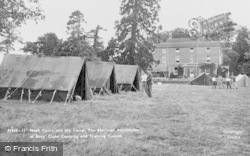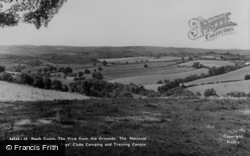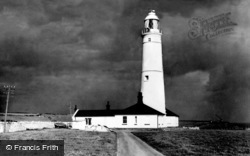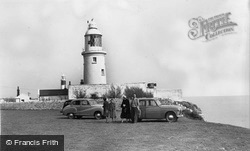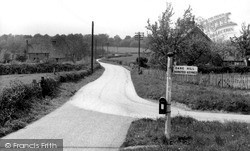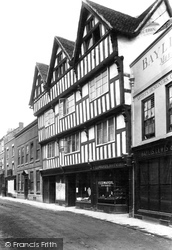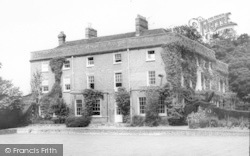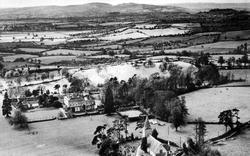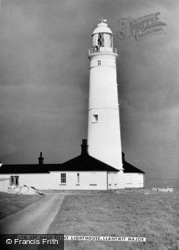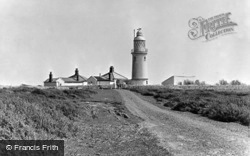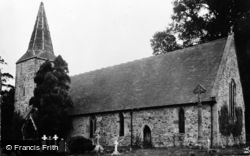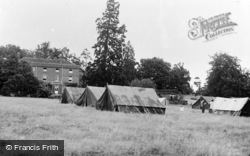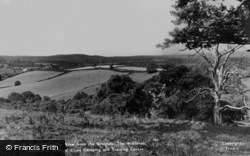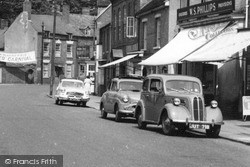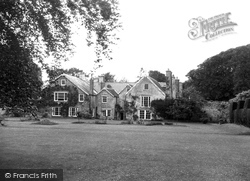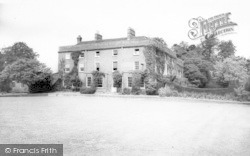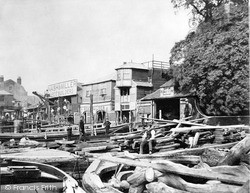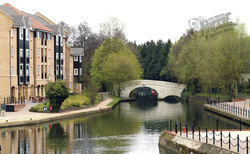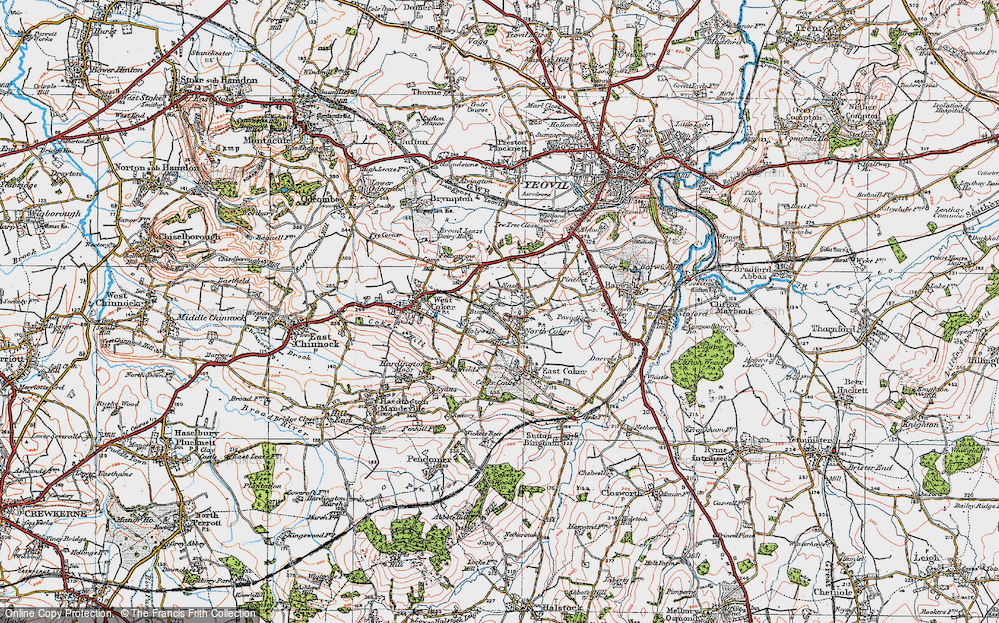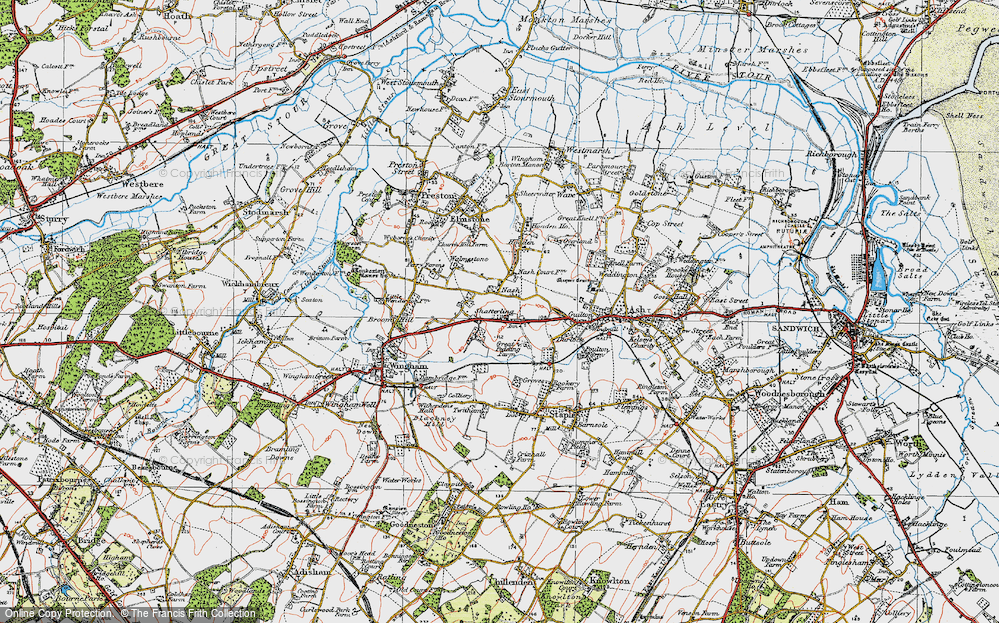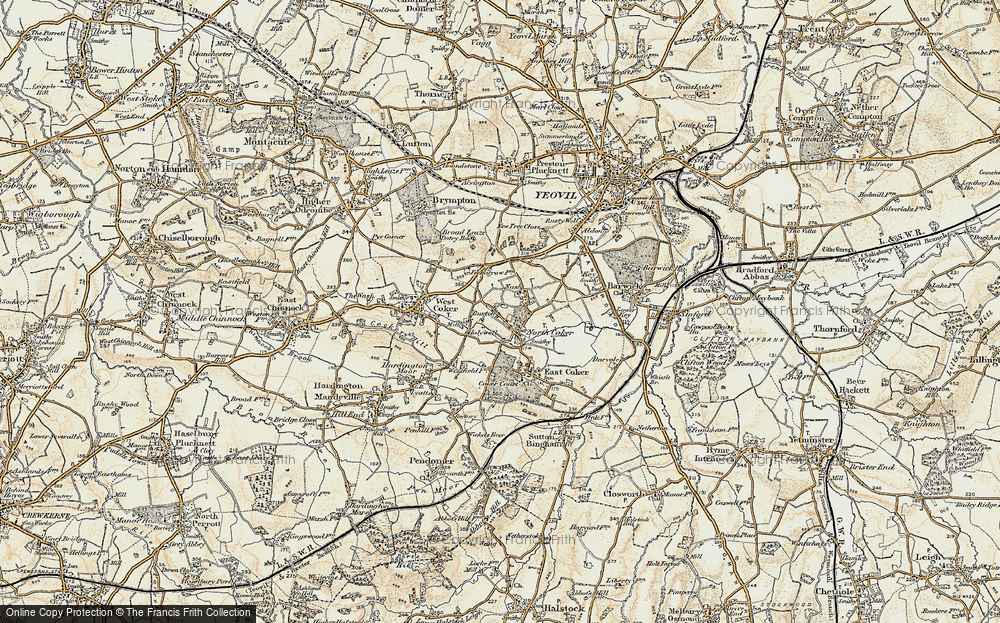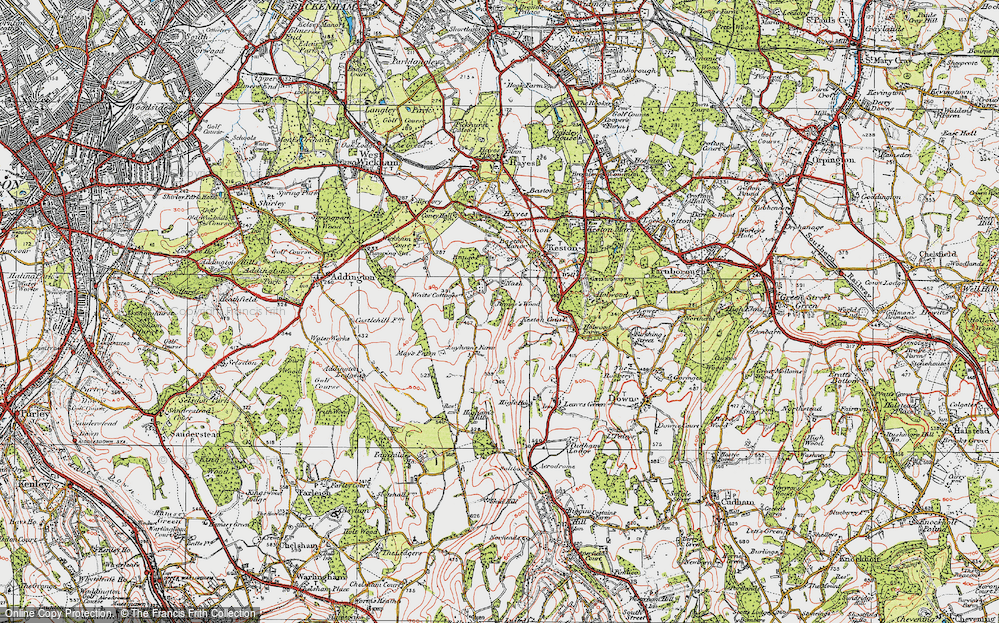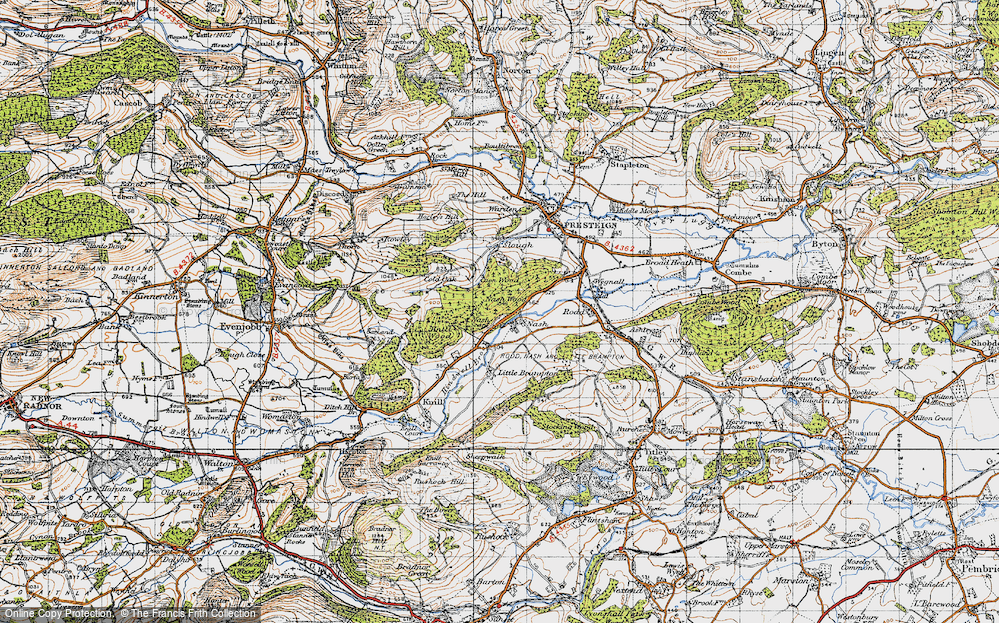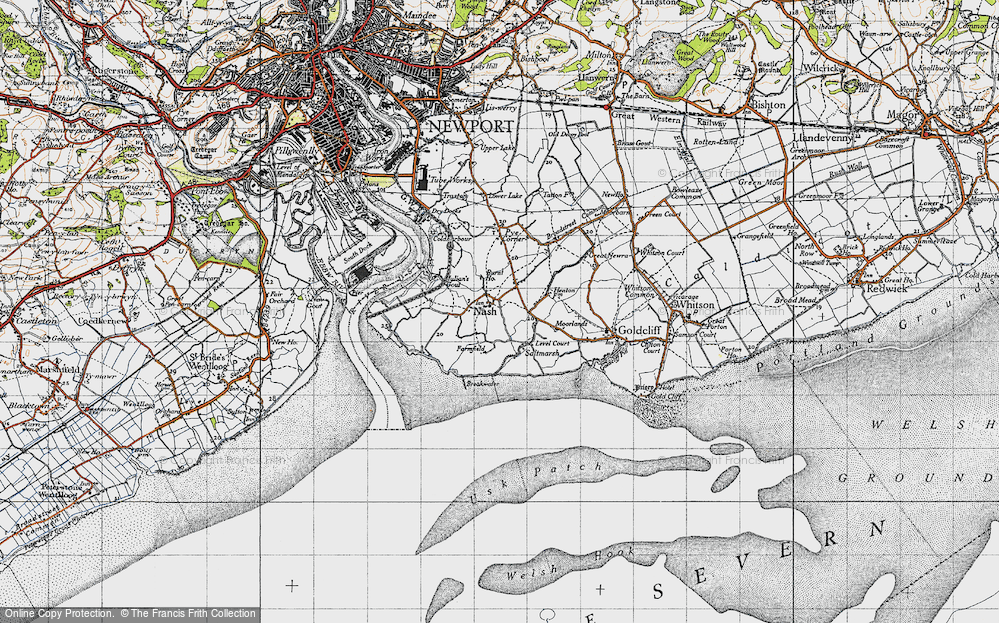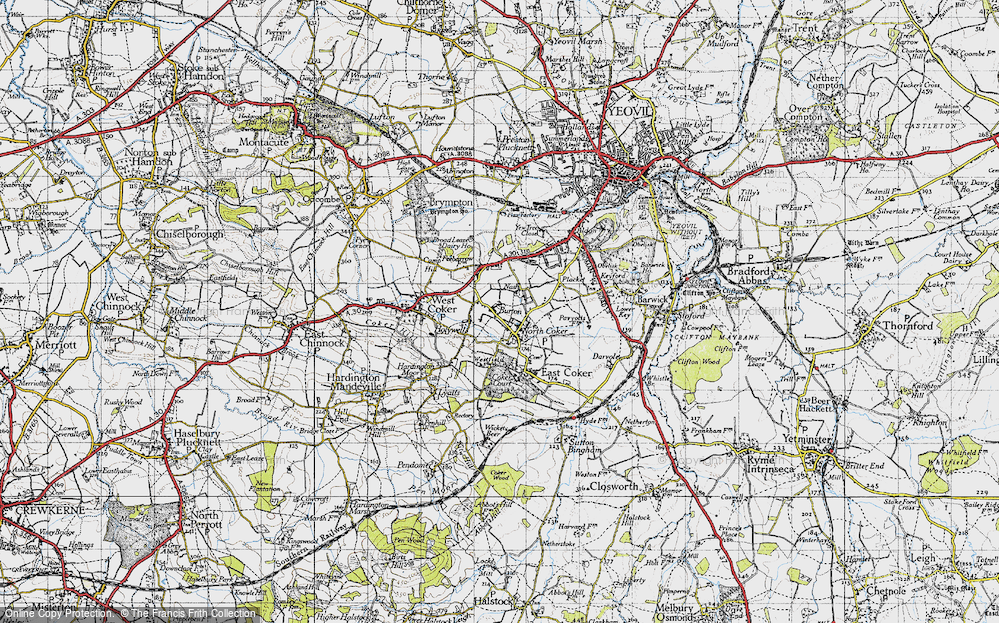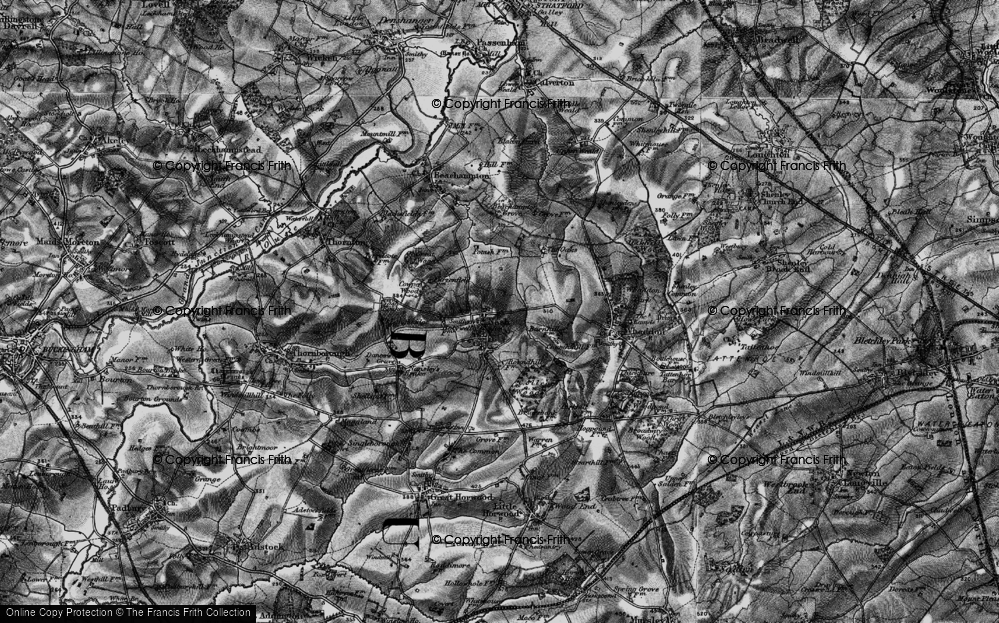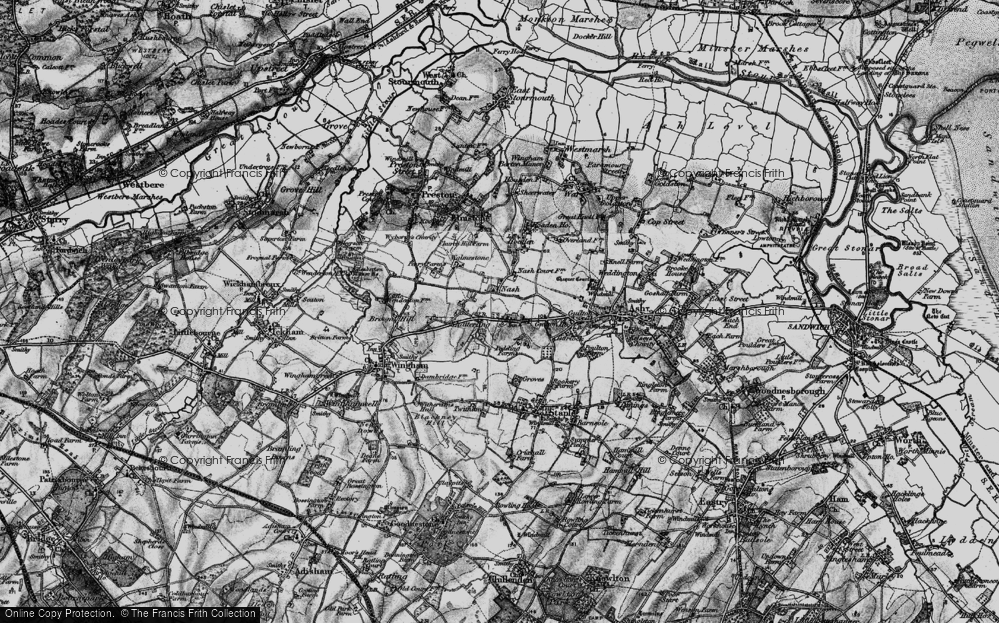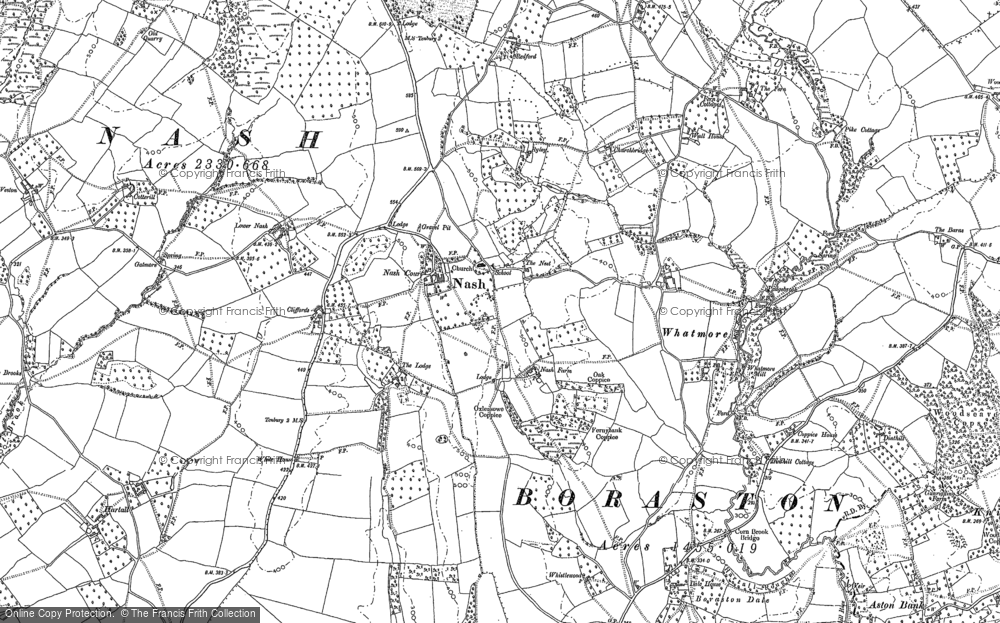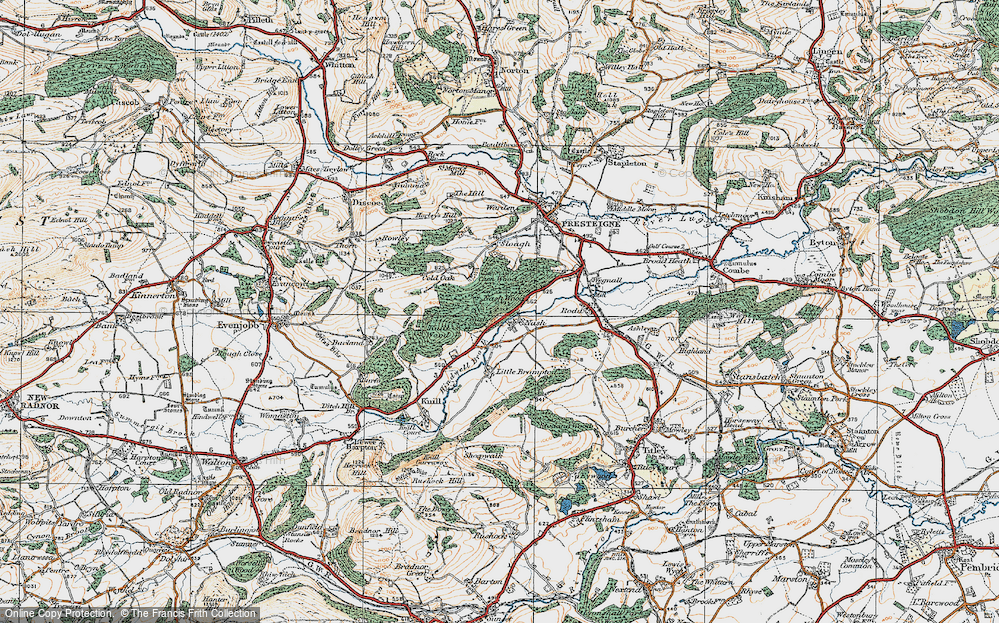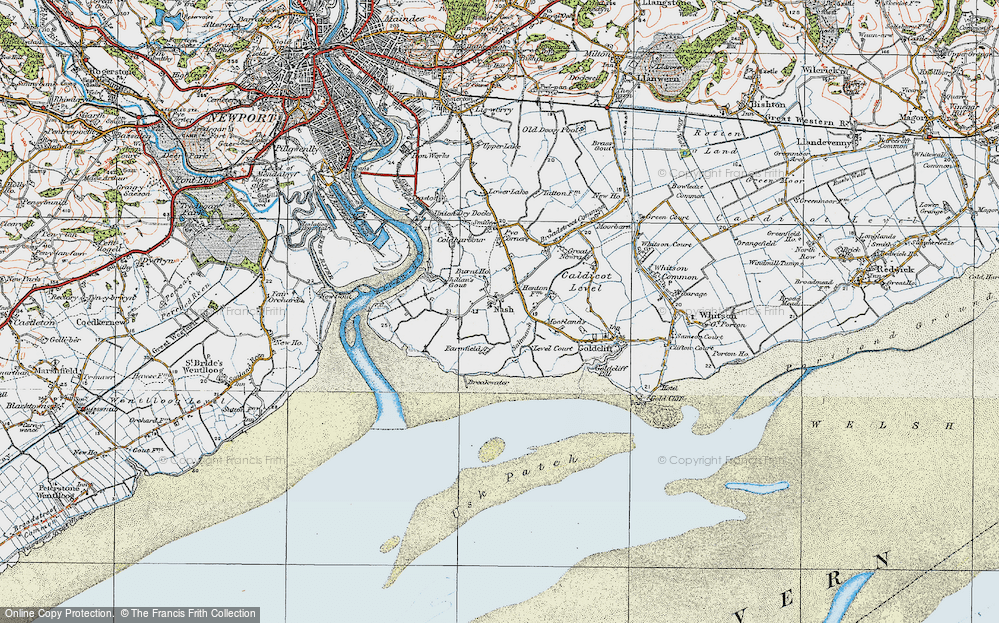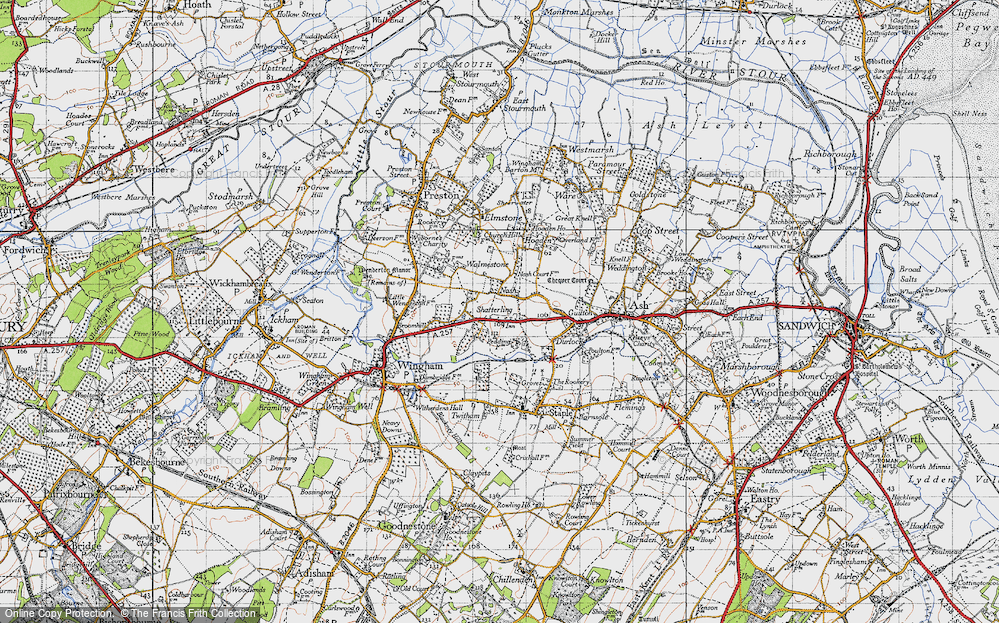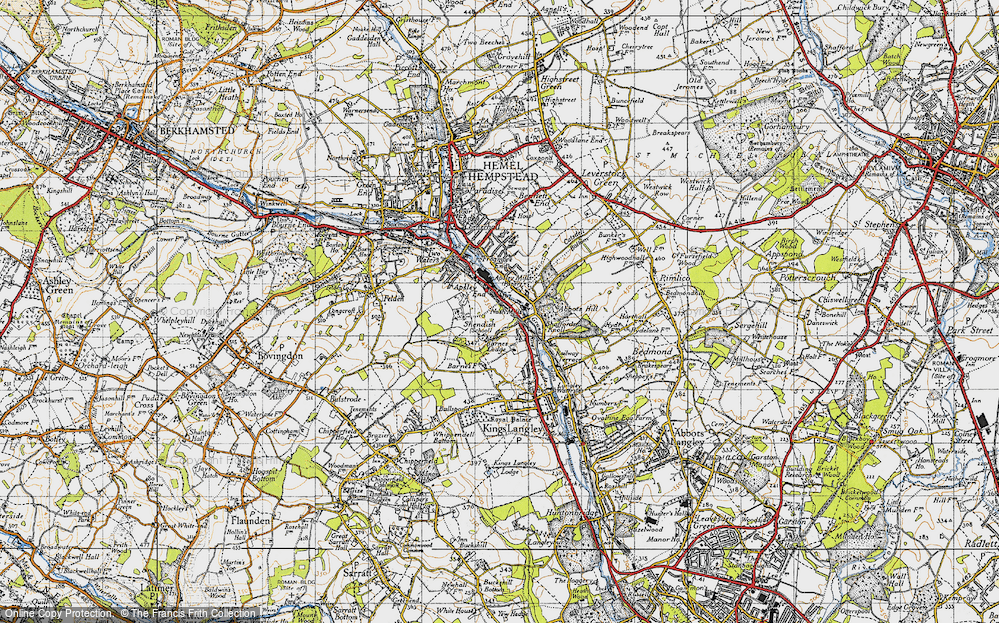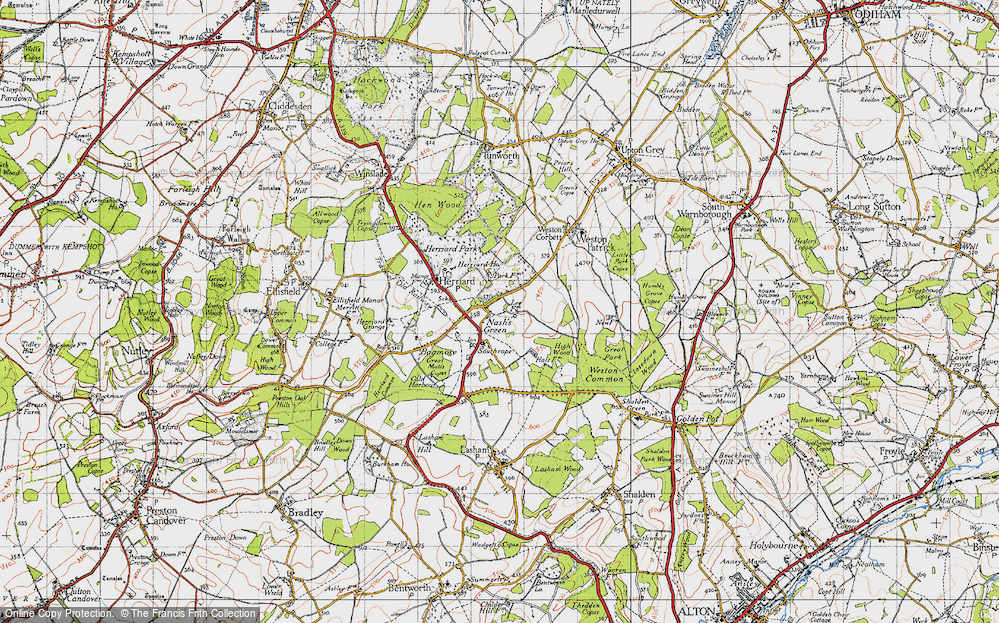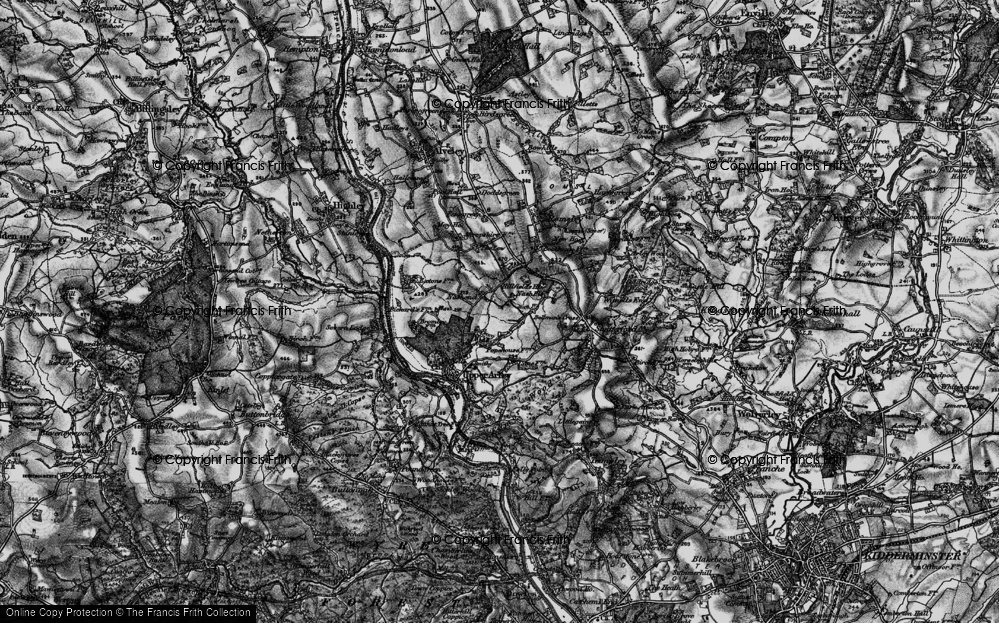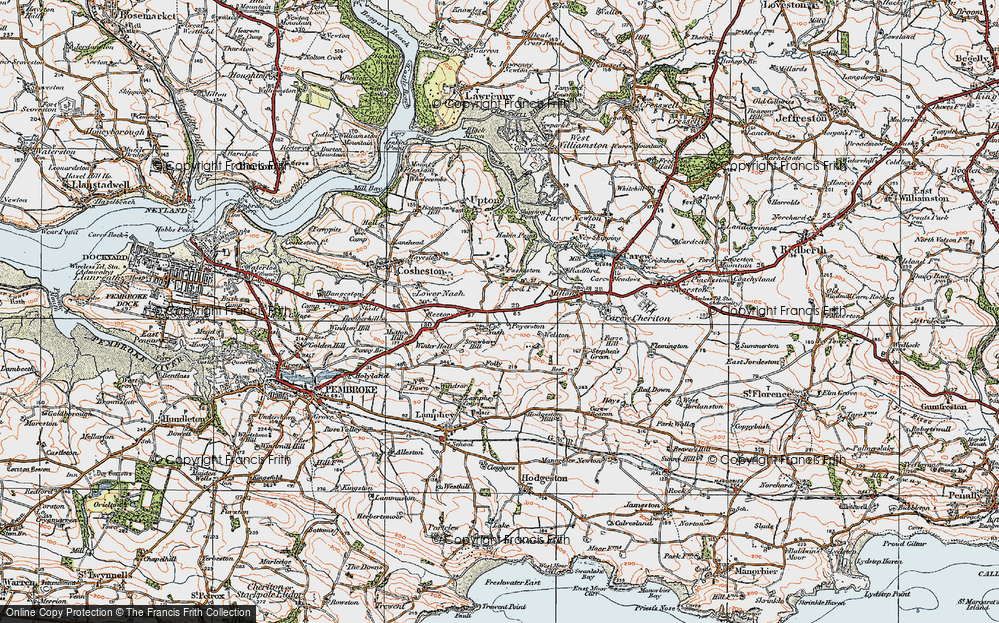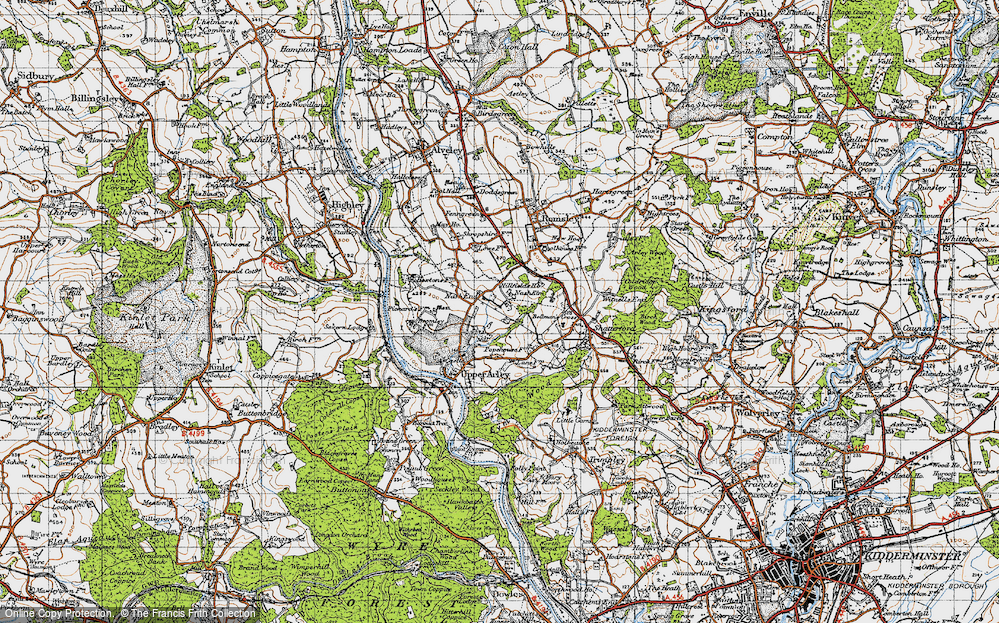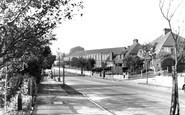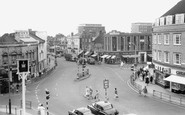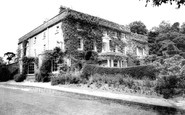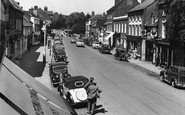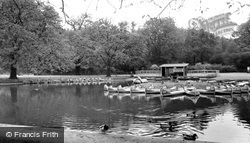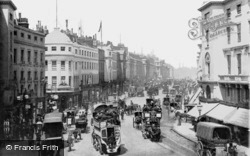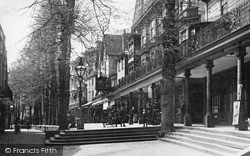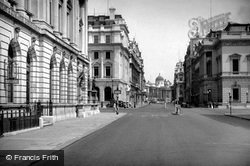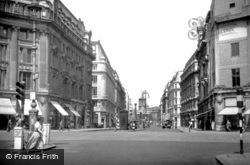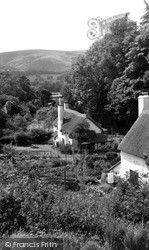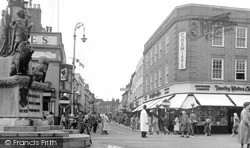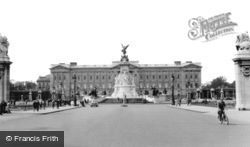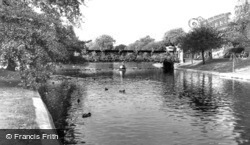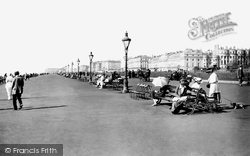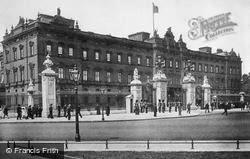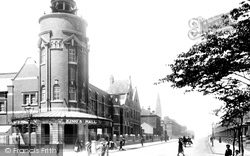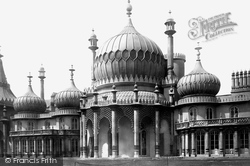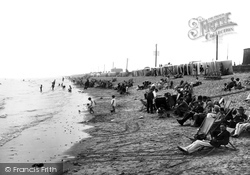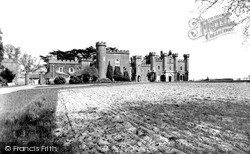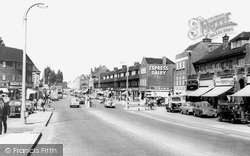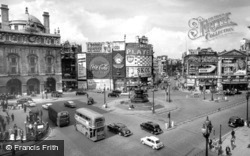Places
15 places found.
Those places high-lighted have photos. All locations may have maps, books and memories.
- Nash, Shropshire
- Nash, Kent
- Nash, Gwent
- Nash, Greater London
- Nash Street, Kent
- Nash, Buckinghamshire
- Nash, Somerset
- Nash, Hereford & Worcester
- High Nash, Gloucestershire
- Nash Street, Sussex
- Nash Lee, Buckinghamshire
- Nash Mills, Hertfordshire
- Nashes Green, Hampshire
- Upper Nash, Dyfed
- Nash End, Hereford & Worcester
Photos
48 photos found. Showing results 1 to 20.
Maps
494 maps found.
Books
Sorry, no books were found that related to your search.
Memories
108 memories found. Showing results 1 to 10.
Long Time Ago.
Born in Hardwick Hall Sedgefield During the war '42. Brought up in old West before Owton Manor est etc. Remember walking the streets during war with Mum after air raid sirens etc. and standing in queues with our ration coupons for ...Read more
A memory of Hartlepool by
Purfleet In The 50s And 60s
I was born in Purfleet in 1947 and lived in Riverview Flats opposite Thames Board Mills until leaving for University in 1966. The flats were owned by Esso where my Dad, Herbie Jarvis, was a manager. He worked there for 46 ...Read more
A memory of Purfleet by
Phil Munton
Hi, I've recently discovered this while doing research on a book I am writing and was interested to hear how many people from Selsdon remember their childhood and, in most cases, enjoyed the village as I knew it as a good place to grow ...Read more
A memory of Selsdon by
Slough High Street Park Street & Chandos Road
Hi, I am researching my family tree and am trying to locate Chandos Road and Unity Cottages in Park Street. I believe that Chandos Road was knocked down when the Queensmere Centre was built. I wondered ...Read more
A memory of Slough in 1900 by
Days Gone By
My memories of Greyabbey date back to 1940 just after the Blitz when Mum and her 3 sisters plus one sister-in-law with a bunch of kids relocated to Cardy, a small community appox. 3 miles from Greyabbey. I was 8 years of age at the ...Read more
A memory of Greyabbey in 1940 by
My First Visit To England
We travelled down with a large group of Scottish NABC members from Edinburgh and the Lothian areas. My particulal journey commenced by coach to Liverpool where we continued by train to Hereford. On our arrival we were ...Read more
A memory of Nash in 1953 by
Nash Court
I too was a member of St Matthew's church choir in Stretford, Manchester. I remember going to Nash yearly for some years in the 1960s. Some of the choir men also went but I think the organiser was the choirmaster Mr Ronald Frost, who was ...Read more
A memory of Nash in 1965 by
My 50 Years In Bridgnorth
I was born in Bridgnorth in 1958 and spent 20 years at sea navigating B.P. Tankers around the World. I loved the Town so much I used to write historic booklets on the Town in my spare time at sea and during my long ...Read more
A memory of Bridgnorth in 1958 by
Happy Memories
I belonged to St Matthew's Church Choir in Stretford, Manchester as a chorister, and every May bank holiday the choir had a week's vacation at Nash Court. In those days it was a national association of boys' clubs venue. There were ...Read more
A memory of Nash in 1963 by
Nash School
I went to live in Nash in 1955 as a foster child. I attended Nash School from 1955 - 1958 when Mrs Jones was the headmistress. The school sadly closed in 1958 and we were moved to Burford School near Tenbury Wells. Life at Nash ...Read more
A memory of Tenbury Wells in 1955 by
Captions
51 captions found. Showing results 1 to 24.
Nash's great early 19th century urban scheme, his 'Royal Mile', led north to terminate in Regents Park.
Nash’s handsome terraces were spurned by London’s affluent classes, for stucco was considered common.
The position of postmaster of Tunbridge Wells was held by the Nash family, first by John Nash in 1823, then by William Nash, who so built up the postal business that it outgrew its Pantiles
Nash's handsome terraces were spurned by London's affluent classes, for stucco was considered common.
Part of the Trafalgar Square scheme included Pall Mall East, which was laid out to link it to Nash's Regent Street at Waterloo Place.
Conceived and built by John Nash in 1813, this famous thoroughfare has been said to represent ‘the highest beauty of street architecture.’
The focus of this view is All Souls' Church in Langham Place, which was designed by John Nash and built in 1824. In the 1950s it was famous for the Daily Service broadcast on the BBC Home Service.
The entrance block of the theatre was formed from Beau Nash's first house in Bath, a pre-Wood era building of 1720 with heavy moulded window surrounds and cornices.
They were medieval farmhouses, remodelled to the fashionable designs of John Nash.
John Keats wrote the first lines of 'Endymion' - 'A thing of beauty is a joy for ever' - nearby, and the Regency architect John Nash designed the town square and the Guildhall.
This famous junction was once known as Regent Circus and developed out of Nash’s elegant modelling of Regent Street.
The palace was built in its original form in the early 1700s, and was adapted to the Palladian style by John Nash in the 1830s. below: The Houses of
John Keats wrote the first lines of 'Endymion' - 'A thing of beauty is a joy for ever' - nearby, and the Regency architect John Nash designed the town square and the Guildhall.
The park evolved from plans by John Nash, who in 1811 was working for the Prince Regent to create a residential development in a parkland settiing on former farmland.
Behind the spacious promenade are the superb 1820s stucco compositions of Brunswick Square and Terrace and Adelaide Terrace beyond, all rather like Nash's Regents Park in London.
The design by John Nash is based on the Arch of Constantine in Rome, but the statue of George IV intended for the top eventually went to Trafalgar Square.
where this celebrated royal palace now stands grew mulberry bushes for the silk industry.The palace was built in its original form in the early 1700s and adapted to the Palladian style by John Nash
The King's Hall was once host to international performers, such as the pianists Rawicz and Landauer and the singer Heddle Nash.
This astonishing building started life as a farmhouse, then became a classical villa with a rotunda before Nash transformed it into this domed and minareted Mahatman-Indian palace for the Prince
Conceived and built by John Nash in 1813, this famous thoroughfare has been said to represent 'the highest beauty of street architecture.'
This fashionable holiday destination was home at this time to the Great War artist Paul Nash.
Designed by Nash in 1809 and rebuilt to look exactly the same after a fire at the beginning of the 20th century, Knepp Castle stands between the villages of West Grinstead and Shipley.
The builder T F Nash was one of three main contributors to the creation of the present shopping centre.
On the left we can see the replacement arcaded County Fire Office building inspired by John Nash's original early 19th-century building on this site. Shaftesbury Avenue can be seen in the centre.
Places (15)
Photos (48)
Memories (108)
Books (0)
Maps (494)



